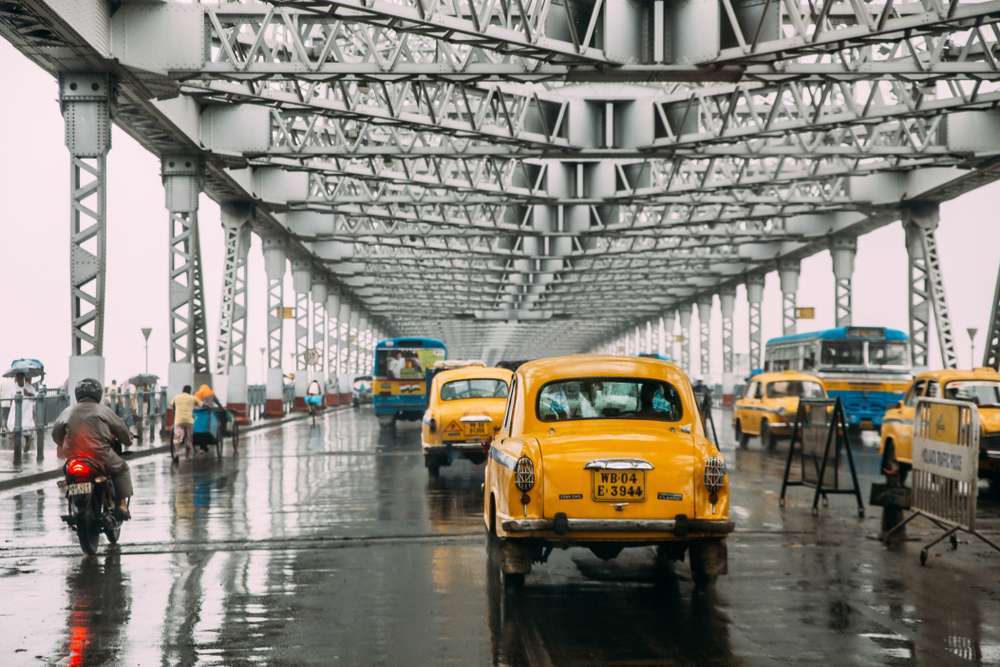E-commerce Explosion: Riding the Wave of Digital Business in India
India has witnessed a monumental shift in consumer behavior with the advent of e-commerce, marking a significant milestone in the country’s digital transformation journey. The proliferation of smartphones, widespread internet connectivity, and a burgeoning middle class have fueled the explosive growth of e-commerce in India, making it one of the fastest-growing markets in the world. In this article, we delve into the e-commerce explosion in India, exploring the driving forces behind its growth, the key players shaping the landscape, and the opportunities and challenges that lie ahead.
INDIAN VISA FOR DJIBOUTIAN CITIZENS
The Rise of E-commerce in India
The e-commerce landscape in India has evolved rapidly over the past decade, driven by factors such as increasing internet penetration, rising disposable incomes, and a shift towards digital transactions. What started as a niche market has now become mainstream, with e-commerce platforms catering to a wide range of consumer needs, from shopping for groceries and electronics to booking travel tickets and ordering food delivery. The convenience, variety, and competitive pricing offered by e-commerce have made it the preferred choice for millions of Indian consumers, driving the exponential growth of the industry.
Driving Forces Behind E-commerce Growth
Several key factors have contributed to the rapid growth of e-commerce in India, including:
Smartphone Penetration: The widespread adoption of smartphones, coupled with affordable data plans, has made it easier for consumers to access e-commerce platforms anytime, anywhere, leading to a surge in online shopping activity.
Digital Payments: The government’s push towards digital payments and the introduction of innovative payment solutions such as mobile wallets, UPI, and digital banking have facilitated cashless transactions and boosted consumer confidence in online shopping.
E-commerce Infrastructure: Investments in logistics, warehousing, and last-mile delivery infrastructure have improved the efficiency and reliability of e-commerce operations, enabling faster delivery times and better customer service.
E-commerce Enablers: The emergence of e-commerce enablers such as digital marketing agencies, e-commerce platforms, payment gateways, and logistics providers has lowered barriers to entry for businesses and facilitated their entry into the e-commerce space.
Key Players in the E-commerce Landscape
The e-commerce market in India is characterized by a diverse array of players, including:
Marketplaces: E-commerce marketplaces such as Amazon, Flipkart, and Snapdeal serve as platforms for sellers to list their products and connect with millions of buyers across the country. These marketplaces offer a wide range of products, competitive pricing, and convenient delivery options, making them popular destinations for online shoppers.
Online Retailers: Online retailers such as Myntra, Ajio, and Tata Cliq specialize in specific product categories such as fashion, electronics, and lifestyle products, offering curated selections, exclusive deals, and personalized shopping experiences to consumers.
Grocery Delivery: Grocery delivery platforms such as BigBasket, Grofers, and Amazon Pantry cater to the growing demand for online grocery shopping, offering a wide assortment of groceries, fresh produce, and household essentials delivered straight to customers’ doorsteps.
Food Delivery: Food delivery platforms such as Swiggy, Zomato, and Uber Eats facilitate food ordering and delivery from a variety of restaurants, cafes, and eateries, providing consumers with convenience and choice in their dining options.
Opportunities and Challenges
While the e-commerce industry in India presents immense opportunities for growth and innovation, it also faces several challenges, including:
Logistics and Infrastructure: Last-mile delivery challenges, inadequate warehousing facilities, and inefficient logistics networks can impact the speed and reliability of e-commerce deliveries, leading to customer dissatisfaction.
Regulatory Environment: E-commerce regulations, taxation policies, and foreign investment restrictions can create compliance challenges for e-commerce businesses, affecting their operations and expansion plans.
Competition and Market Saturation: Intense competition among e-commerce players, coupled with thin margins and high customer acquisition costs, can make it challenging for businesses to differentiate themselves and achieve profitability in a crowded market.
Consumer Trust and Security: Data privacy concerns, online fraud, and cybersecurity threats can erode consumer trust in e-commerce platforms, affecting their willingness to shop online and share personal information.
INDIAN VISA FOR DOMINICA CITIZENS
Future Outlook
Despite the challenges, the future outlook for e-commerce in India remains promising, with continued growth expected in the coming years. The increasing adoption of digital technologies, the rise of mobile commerce, and the expansion of e-commerce into Tier II and Tier III cities are expected to drive further growth and innovation in the industry. Additionally, advancements in areas such as artificial intelligence, augmented reality, and hyper-personalization are poised to enhance the e-commerce shopping experience and unlock new opportunities for businesses to engage with customers and drive sales.
Conclusion
The e-commerce explosion in India represents a transformative shift in the way people shop, transact, and interact in the digital age. As e-commerce continues to evolve and mature, businesses must adapt to changing consumer preferences, embrace digital technologies, and innovate their business models to stay ahead of the curve. By harnessing the power of e-commerce, businesses can unlock new revenue streams, expand their market reach, and thrive in an increasingly digital and interconnected world.
Also read: The Power of Partnership: Collaborative Ventures in India



